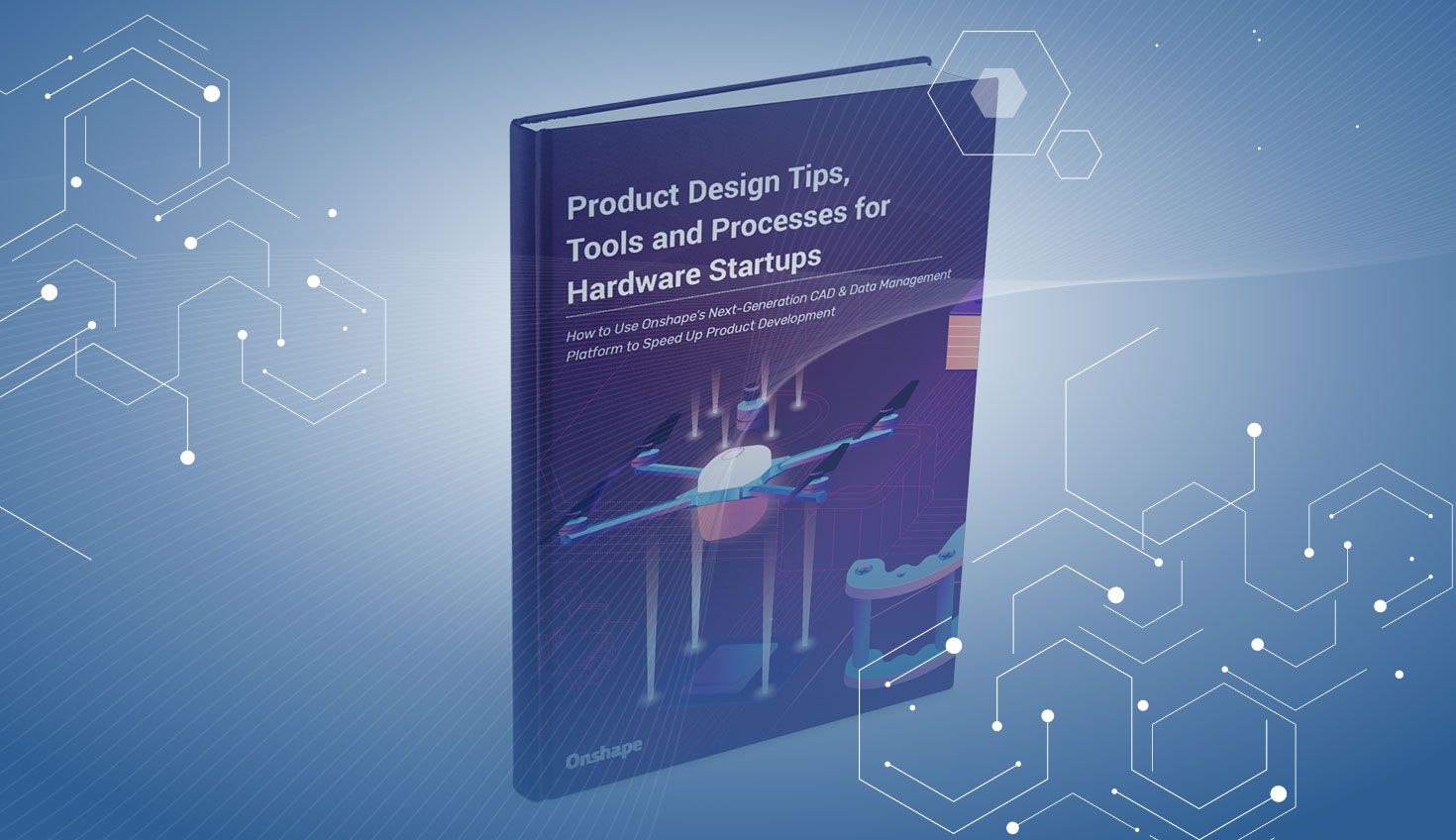
4:08
No cliché has ever been truer than this: “Hardware is Hard.”
If you’re launching a startup, you’ve probably heard it said, read about it extensively and now you’re about to experience it firsthand. Too many hardware startups fail to deliver on their promises by spending too much time on the technical aspects of their product rather than their business as a whole.
There’s a bit of disagreement on just how tough the startup world really is. So how many business dreams die quickly on the vine?
- Forbes Magazine says it’s 90 percent.
- The Wall Street Journal says it’s 75 percent.
- And for a dismal long-term view, Inc. Magazine says 96 percent of new businesses fail within 10 years.
The actual numbers don’t matter. What does is realizing that founding a hardware company with a great product idea is only the start. You’ve got to finance it, manufacture it, market it and sell it (not necessarily in that order). Not keeping a close eye on any of these aspects can make the difference between success and failure.
Design and manufacturing decisions made early on can have a significant effect on your margins and not only make your original business plan obtainable, but also sustainable for the projected lifetime of the product.
If you’re an established company, you’re likely to have teams of experienced people in design, manufacturing, QA, procurement, management and every other supporting role needed to keep a business viable. You are also likely to have office space, perhaps some in-house manufacturing facilities, trusted and efficient suppliers and distribution channels, and most importantly, financial backing.
Hardware startups don’t have any of these luxuries, so it’s an uphill struggle from the get-go.
However, hardware startups do have a network of talented and driven individuals who are there to help get your idea off the ground. The downside is that these people are often not based in the same location. Some may work from home, some may live on a different continent. This geography also applies to your supply chain. When resources are not available, especially due to location, it can make working together much more difficult.
A startup’s ultimate goals are to build:
- Truly differentiated products around cutting-edge technology.
- A team that knows how to develop, manufacture and distribute hardware products.
- Brand loyalty and affiliation with your target market.
Building a working prototype and starting a crowdfunding page is not the same as securing equity funding and manufacturing thousands of production units. As your prototype goes through a number of design iterations, unanticipated problems inevitably arise. Until these problems are resolved and you have a thorough understanding of your manufacturing costs and supply chain logistics, securing that vital funding and moving on to the next stage of your business plan is a major hurdle.
So what can you do to alleviate these problems?
You need to have a complete understanding of every stage of product development. How parts will be manufactured and from what materials. Where they will be manufactured and how they will be sourced. You need to consider these factors from the very first stages of design. Even the simplest of electronic consumer products contain dozens of parts – and you need to keep track of every minute detail for each and every one of them.
Timing is Critical
Involving everyone in the supply chain at the right time is absolutely essential. Outsourced manufacturing companies have the resources and the know-how to build and manufacture products. What they don’t have is the time and patience to help you get your idea off the ground – there’s potentially no money in it for them. If you involve manufacturing partners too early when developing your prototype, they may not see the big picture like you do. They may not think it is a viable product or that there is even a market for it.
They simply don't have the time to hold your hand.
However, it’s also possible to involve them too late! When you’ve already progressed past prototyping and completed the detailed design of each component, your preferred manufacturer may not have the right equipment, personnel or expertise to make your product the way you would like. Or you may have doubled the cost of a part by not fully understanding the processes yourself.
So when is the best time? That depends on the flexibility of your design team and the willingness of your potential manufacturing partners.
Of course, there are many factors to consider and many processes to manage in order to successfully launch a new product. In Onshape’s latest eBook, “Product Design Tips, Tools and Processes for Hardware Startups,” we will focus on the areas that you do have direct control over – your design, your design processes and your design tools.
If you carefully plan for those things, you’ll be much better equipped to handle the unexpected business challenges that are bound to come your way. Download your free design guide today!
Latest Content

- Case Study
- Consumer Products
BOA Technology: Redefining Outdoor Fit Equipment with Cloud-Native Onshape
11.03.2025 learn more
- Blog
- Becoming an Expert
- Assemblies
- Simulation
Mastering Kinematics: A Deeper Dive into Onshape Assemblies, Mates, and Simulation
12.11.2025 learn more
- Blog
- Evaluating Onshape
- Learning Center
AI in CAD: How Onshape Makes Intelligence Part of Your Daily Workflow
12.10.2025 learn more
- Blog
- Evaluating Onshape
- Assemblies
- Drawings
- Features
- Parts
- Sketches
- Branching & Merging
- Release Management
- Documents
- Collaboration
Onshape Explained: 17 Features That Define Cloud-Native CAD
12.05.2025 learn more



